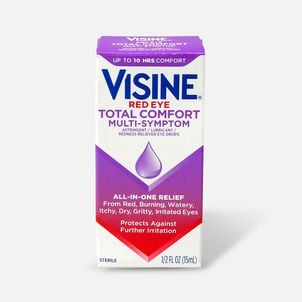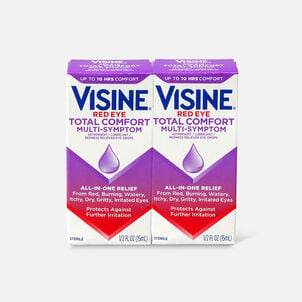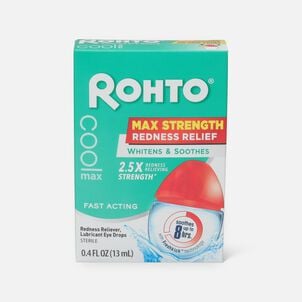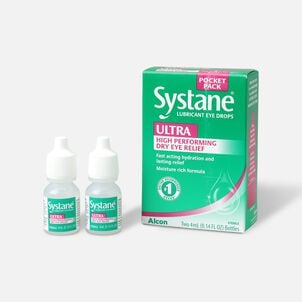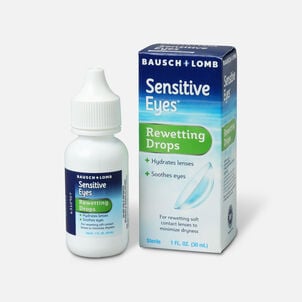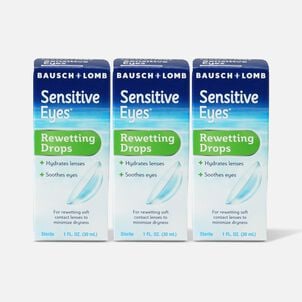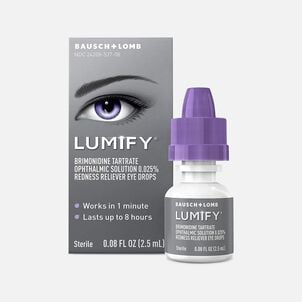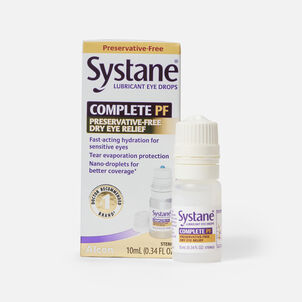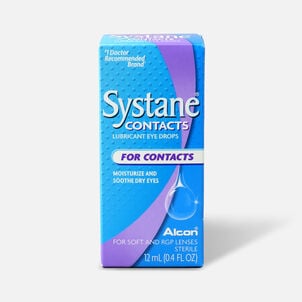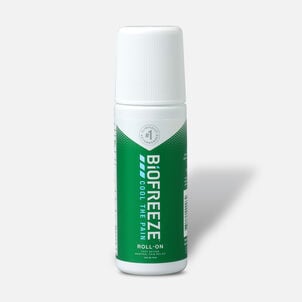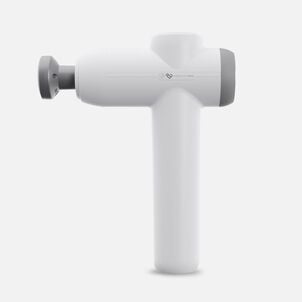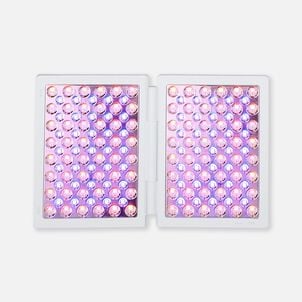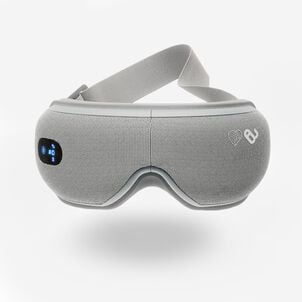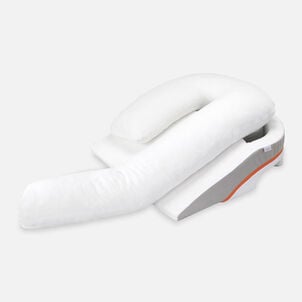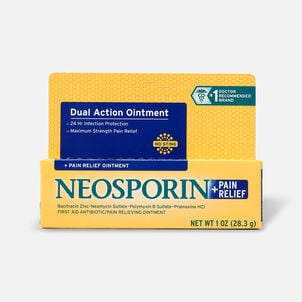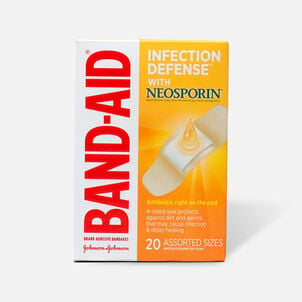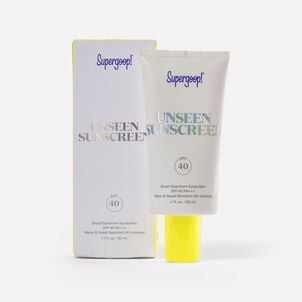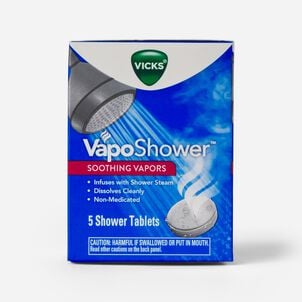We've mentioned LASIK surgery on this page before -- and definitely recommend looking into it. But getting vision correcting surgery isn't the only way to take advantage of HSA funds. And we're not just talking about reading glasses or eye drops, either.
For those with eye care concerns - even if they're less serious - using funds from your account can save you some much needed cash. Some of these less-common expenses may even be eligible without a prescription.
Read on to find out about these lesser-known HSA-eligible procedures to take care of your eyes, and your wallet.
Cataracts
Cataracts are opaque or cloudy areas of your lens. When you have them, things you see tend to look blurry, hazy or even faded in color. Other symptoms include being sensitive to light, trouble seeing at night, or even seeing double.
Age is the most common reason for developing cataracts -- but that might be sooner than you think. The eye's normal proteins start to break down around 40, and vision problems may not happen until you're 60 or older. Your chances of getting cataracts may be higher if there has been a family history or if you have certain medical conditions, such as diabetes.
It's probably a good idea to consider getting the procedure done when you're finding it difficult to do everyday activities. Yes, the thought of getting eye surgery may give you the shivers, but it's a simple outpatient procedure that can be done within an hour. Your ophthalmologist will know if cataract surgery is right for you.
More serious eye surgeries
While LASIK surgery to correct your vision does count as an eligible medical expense, other more serious eye diseases and conditions also qualify. These can include glaucoma, pterygium (a non-cancerous growth over the eye) and optic nerve conditions.
The most common way to do eye surgery is using lasers. However that may be up to your doctor to decide. Some surgeries - such as treatments for glaucoma - involve draining liquid to lower and relieve eye pressure. Others include penetrating keratoplasty, which is a procedure involve replacing the entire cornea.
Instead of surgery, your ophthalmologist may recommend eye medication instead. These could include eye drops to relieve symptoms of glaucoma or Lucentis, an eye injection administered by a doctor to help restore vision.
Eye pressure monitors
These devices are for those who need to measure the intraocular pressure (IOC) of the fluid in the inside of your eyes. This is absolutely essential to help detect and monitor glaucoma. In other words, this piece of equipment is necessary if you're a glaucoma patient and need to monitor your condition.
Since consistently monitoring your eye pressure is essential to help you see how effective your treatment is, it's actually more cost-effective to purchase this machine. That's because you don't need to visit the doctor to monitor your eye pressure, which can be both costly and inconvenient.
Bottom line
Hopefully you don't need to worry about any of the above procedures and equipment. But if you do, know that you can use your HSA to help pay for these qualified medical expenses. As always, maintaining optimal health is important, so make sure you go for an eye exam every 1-2 years.
And just as a friendly reminder, regular eye exams are covered with your HSA!



